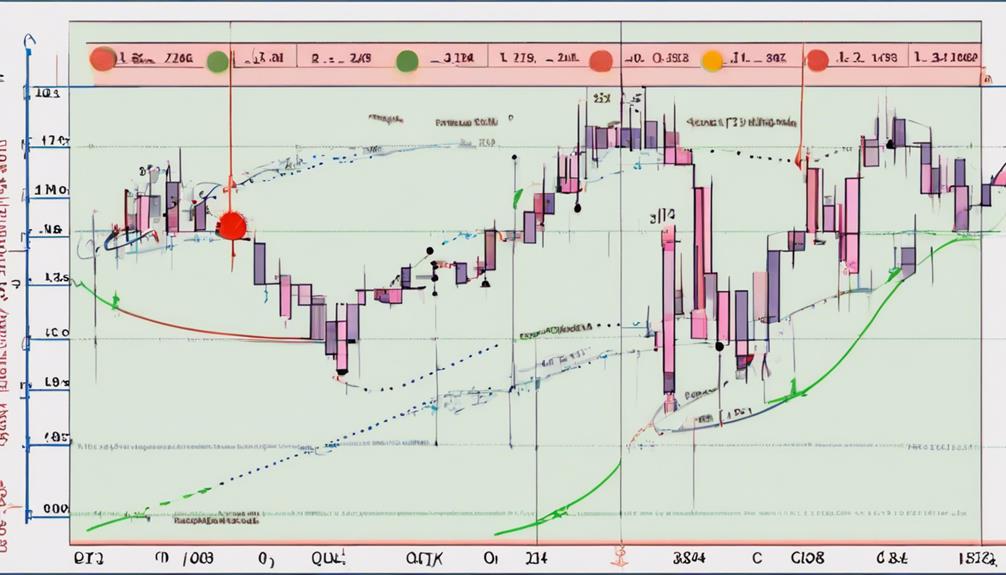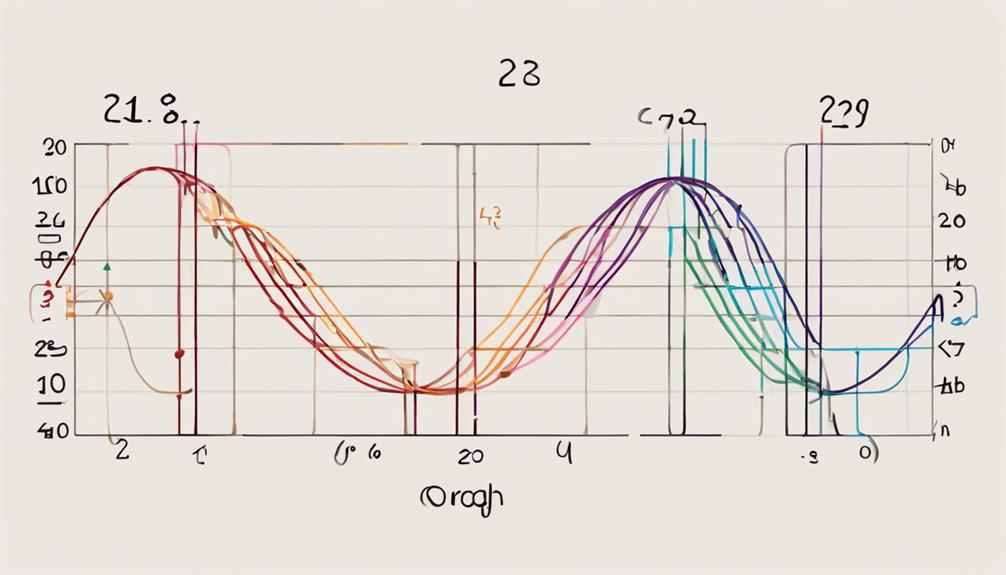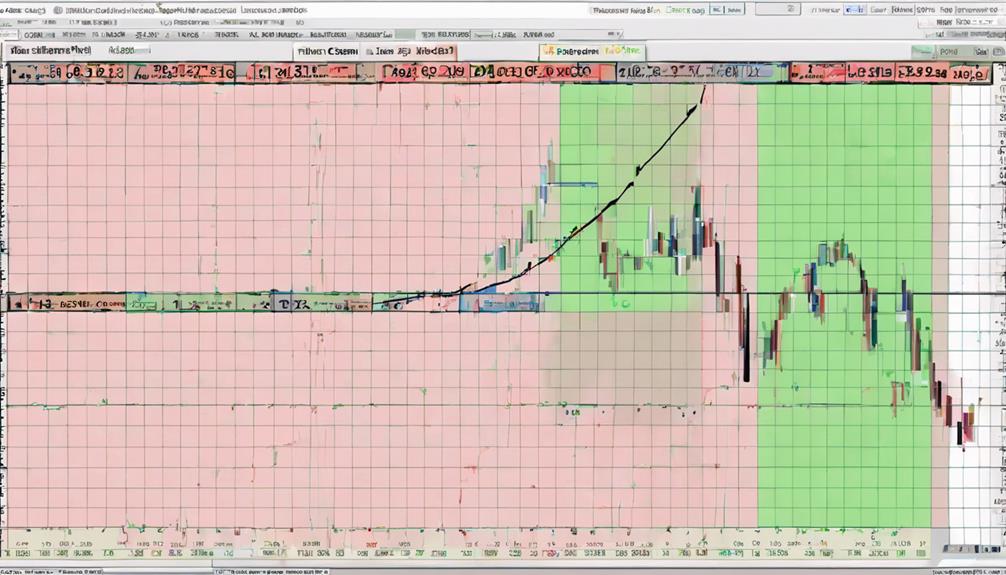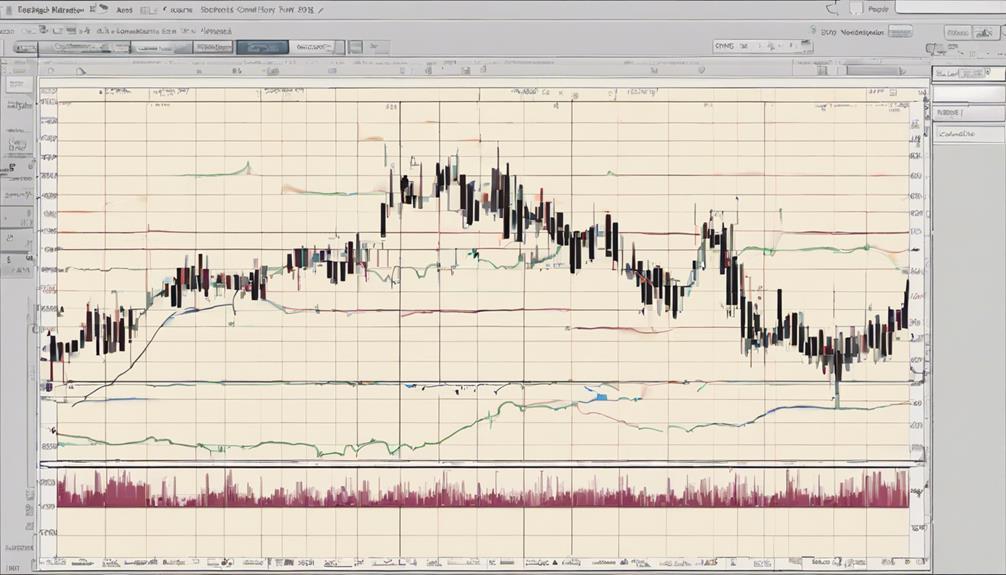The Ultimate Oscillator in technical analysis serves as a comprehensive tool that incorporates multiple timeframes to provide a more nuanced view of market momentum. By blending short, medium, and long-term perspectives, this oscillator aims to offer a more balanced assessment of price action dynamics.
Its unique approach to weighting periods can offer traders a deeper insight into potential trend changes and market conditions. Understanding the intricacies of the Ultimate Oscillator can significantly enhance one's ability to make informed trading decisions in various market scenarios.
Definition of Ultimate Oscillator
The Ultimate Oscillator, a sophisticated momentum indicator in technical analysis, amalgamates data from three distinct timeframes to provide a comprehensive insight into market trends. This oscillator calculates a weighted average of price movements over 7, 14, and 28 periods, aiming to smooth out fluctuations and enhance the accuracy of momentum signals.
Developed by Larry Williams in 1976, the Ultimate Oscillator is utilized in Trading strategies to identify potential trend reversals through divergences. By oscillating between 0 and 100, this technical tool highlights overbought and oversold conditions, with key levels at 30 and 70 indicating significant market states.
In Trading applications, market participants often consider buying opportunities when the Ultimate Oscillator is below 40 and selling occasions when it surpasses 50. This approach helps traders capitalize on market momentum while managing risks associated with overextended price movements and potential trend shifts.
Working Mechanism of Ultimate Oscillator

Building upon the foundation laid by the Ultimate Oscillator's amalgamation of data from three distinct timeframes, its working mechanism intricately evaluates market trends through a weighted average calculation that aims to provide a comprehensive insight into momentum dynamics.
By assessing buying pressure across short-term, medium-term, and long-term periods using a 4:2:1 weighted average, this oscillator smooths out fluctuations, offering more reliable signals for traders.
The Ultimate Oscillator serves as a valuable tool for identifying potential trend reversals or weakening trends by detecting bearish divergences between price movements and oscillator levels.
Traders often interpret overbought readings above 70 as potential sell signals, indicating possible overbought conditions, while oversold conditions below 30 may signal buying opportunities.
Understanding these dynamics helps market participants gauge the strength of price movements and make informed trading decisions based on the oscillator's insights.
Ultimate Oscillator Calculation Process

Utilizing a multifaceted approach, the Ultimate Oscillator calculation process integrates data from three distinct timeframes: 7, 14, and 28 periods. It calculates buying pressure and true range for each period and combines these averages in a 4:2:1 proportion to generate a weighted sum.
Developed by Larry Williams in 1976, the Ultimate Oscillator aims to provide reliable signals for traders by scaling the resulting oscillator to a percentage from 0 to 100 for momentum indication. By incorporating information from multiple timeframes, the oscillator helps traders identify key levels at 30 and 70 for buy/sell signals.
This comprehensive analysis across three different time periods enhances the accuracy of the momentum indication provided by the Ultimate Oscillator, making it a valuable tool for traders seeking actionable insights in the market.
Advantages of Ultimate Oscillator

Incorporating a multifaceted approach through the integration of data from three distinct timeframes, the Ultimate Oscillator offers traders a comprehensive tool for analyzing market momentum. By utilizing a weighted average calculation across these three different timeframes (7, 14, and 28 periods), the oscillator provides more accurate and reliable trade signals, reducing the impact of short-term price fluctuations.
One key advantage of the Ultimate Oscillator is its ability to identify potential trend weakening or reversal through bearish divergences, aiding traders in making informed buy/sell decisions. Moreover, this momentum oscillator helps traders pinpoint overbought and oversold conditions, with sell signals triggered above 70 and buy signals below 30, enabling effective trend analysis.
Limitations of Ultimate Oscillator

The Ultimate Oscillator's multi-timeframe calculation methodology can result in a sluggish response to sudden price movements, potentially limiting its effectiveness in capturing rapid market changes. Due to its slower reaction time compared to single-timeframe oscillators, the Ultimate Oscillator may miss some trading opportunities or provide delayed signals, especially in volatile markets.
In low volatility or sideways market conditions, this oscillator's effectiveness can be further reduced, impacting its ability to generate timely buy and sell signals. Traders should exercise caution when relying solely on the Ultimate Oscillator for decision-making, as it may not always provide immediate or accurate indications.
To enhance analysis, it is advisable to combine the Ultimate Oscillator with other technical indicators like the Relative Strength Index (RSI) and bearish divergence occurrences to strengthen trading strategies. Understanding the limitations of the Ultimate Oscillator is crucial for traders to make informed decisions and manage risks effectively in various market scenarios.
Is the Ultimate Oscillator a Recommended Tool for Technical Analysis?
When it comes to technical analysis, the ultimate oscillator reliability for investments is a key factor to consider. This tool measures the momentum across multiple timeframes, providing a more comprehensive view of the market. Many traders and analysts recommend using the ultimate oscillator for its insightful signals and accuracy in predicting market trends.
Frequently Asked Questions
What Is the Difference Between MACD and Ultimate Oscillator?
The difference between MACD and the Ultimate Oscillator lies in their focus. While MACD is a trend-following indicator, the Ultimate Oscillator aims to reduce volatility by combining multiple timeframes for more reliable signals based on divergences.
What Is the Difference Between RSI and Ultimate Oscillator?
The Ultimate Oscillator, unlike RSI, integrates buying pressure from multiple timeframes for accurate momentum indications. While RSI focuses on recent price changes, the Ultimate Oscillator's weighted average across 7, 14, and 28 periods reduces volatility, offering a more comprehensive view.
What Is Ult 7 14 28?
Ult 7 14 28 is a momentum oscillator that integrates short, medium, and long-term trends. It uses weighted averages from three timeframes in a 4:2:1 proportion to gauge buying and selling pressure accurately, offering a percentage reading for momentum evaluation.
What Is the Ultimate Oscillator Indicator in Tradingview?
The Ultimate Oscillator in TradingView is a momentum indicator that combines three timeframes to gauge buying pressure. It ranges from 0 to 100, with key levels at 30 and 70 for identifying overbought and oversold conditions, aiding traders in making informed decisions.
Conclusion
In conclusion, the Ultimate Oscillator in technical analysis serves as a powerful tool for traders to identify potential trend reversals and overbought/oversold conditions in the market.
By combining multiple timeframes and weighting them accordingly, this oscillator offers a more reliable indication of price movements.
While it has its limitations, the Ultimate Oscillator remains a valuable asset for traders looking to make informed decisions in the ever-changing landscape of the financial markets.
